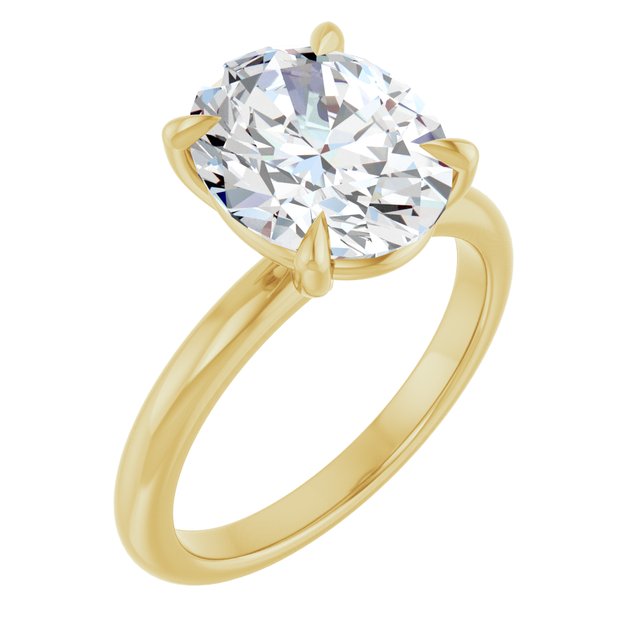When shopping for gold jewelry, you’ll often come across terms like 14K, 18K, and 24K gold. While they all look luxurious, the difference between them lies in the purity, durability, and price of the gold. Understanding what each karat means can help you make a smarter purchase—whether you're buying a wedding ring, a timeless necklace, or a thoughtful gift.
What Does "Karat" Mean?
Karat (abbreviated as "K") measures the purity of gold. Pure gold is 24 karats, which means it's 100% gold with no added metals. However, because pure gold is soft and malleable, it’s often mixed with other metals like copper, silver, nickel, or zinc to improve its durability for everyday wear.
14K Gold: The Everyday Choice
- Purity: 58.3% gold, 41.7% alloy metals
- Color: Available in yellow, white, and rose tones
- Durability: Highly durable and resistant to scratching
14K gold is one of the most popular choices for engagement rings and daily-wear jewelry. Its strength and affordability make it ideal for those who want something both beautiful and practical. It has a slightly less vibrant yellow hue compared to higher karats but balances quality and durability very well.
18K Gold: A Luxurious Middle Ground
- Purity: 75% gold, 25% alloy metals
- Color: Rich yellow, deeper rose, or cool white tones
- Durability: Softer than 14K but still suitable for regular wear
18K gold is a step up in purity and often chosen for high-end fine jewelry. Its rich color and lower content of other metals make it less likely to trigger allergic reactions. However, it’s slightly more prone to scratches and may require more maintenance over time.
24K Gold: Pure Elegance, Limited Use
- Purity: 99.9% gold
- Color: Deep, rich yellow
- Durability: Soft and easily scratched or bent
24K gold is the purest form of gold available and is often used in investment pieces or cultural jewelry rather than for everyday wear. It’s stunning in appearance but not practical for rings or bracelets that experience frequent contact and movement.
Which One Should You Choose?
- For Everyday Wear: Go with 14K for its strength and practicality.
- For a Touch of Luxury: Choose 18K for a richer color and finer finish.
- For Investment or Tradition: 24K is the best for value and cultural significance.
Price Comparison
As expected, price increases with purity.
- 14K is the most affordable and budget-friendly option.
- 18K sits in the mid-range and is ideal for those seeking quality without the extreme price tag.
- 24K is the most expensive due to its gold content.
Final Thoughts
Choosing between 14K, 18K, and 24K gold depends on your lifestyle, preferences, and budget. While 24K offers the highest purity, 14K and 18K are often more suitable for everyday jewelry. When in doubt, opt for the one that gives you the perfect blend of beauty, strength, and value.
Looking for timeless gold jewelry that suits your lifestyle? Explore our curated collection of handcrafted gold pieces designed to last a lifetime.


